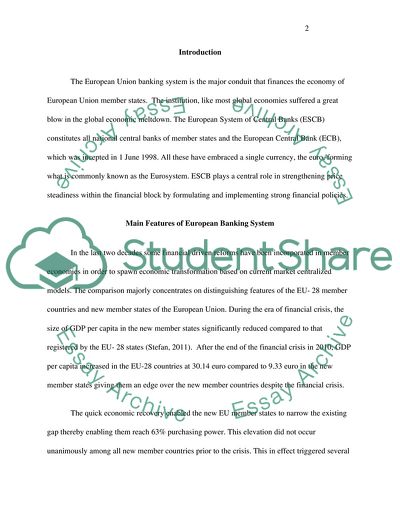Cite this document
(The European Union Banking System Case Study Example | Topics and Well Written Essays - 2250 words, n.d.)
The European Union Banking System Case Study Example | Topics and Well Written Essays - 2250 words. Retrieved from https://studentshare.org/macro-microeconomics/1863319-the-european-economy
The European Union Banking System Case Study Example | Topics and Well Written Essays - 2250 words. Retrieved from https://studentshare.org/macro-microeconomics/1863319-the-european-economy
(The European Union Banking System Case Study Example | Topics and Well Written Essays - 2250 Words)
The European Union Banking System Case Study Example | Topics and Well Written Essays - 2250 Words. https://studentshare.org/macro-microeconomics/1863319-the-european-economy.
The European Union Banking System Case Study Example | Topics and Well Written Essays - 2250 Words. https://studentshare.org/macro-microeconomics/1863319-the-european-economy.
“The European Union Banking System Case Study Example | Topics and Well Written Essays - 2250 Words”. https://studentshare.org/macro-microeconomics/1863319-the-european-economy.


